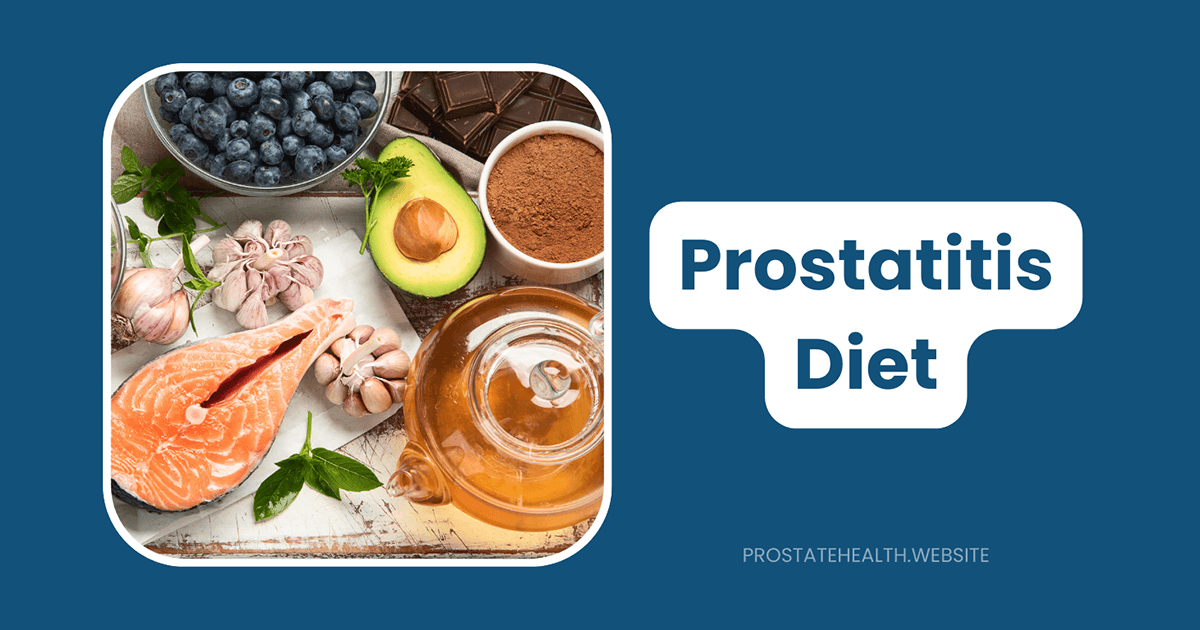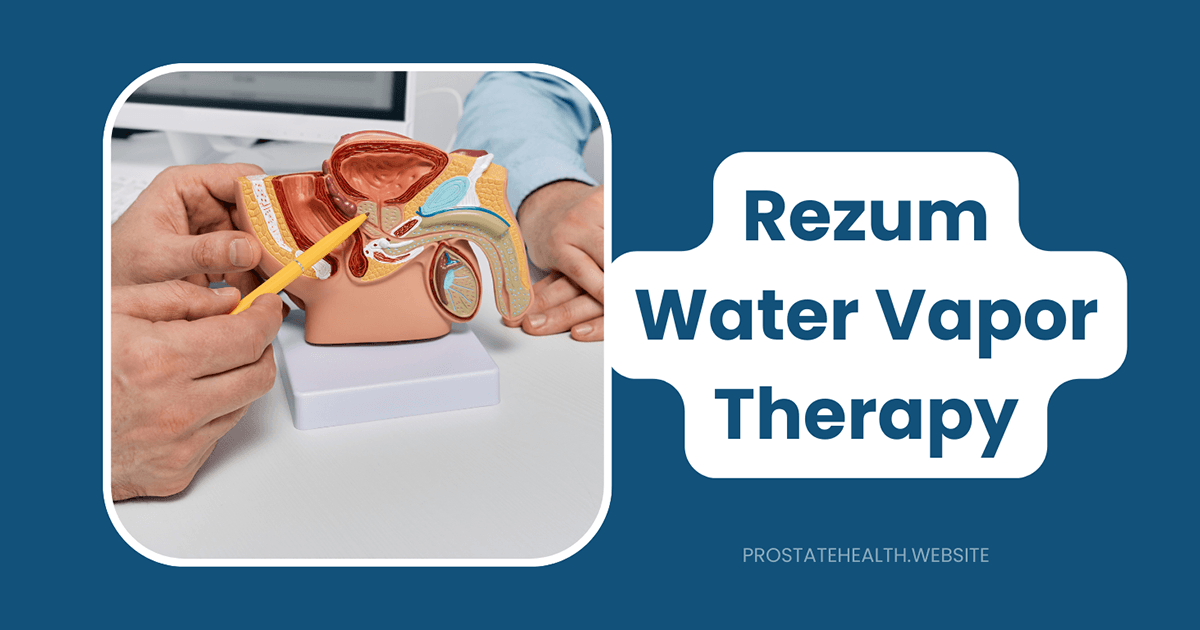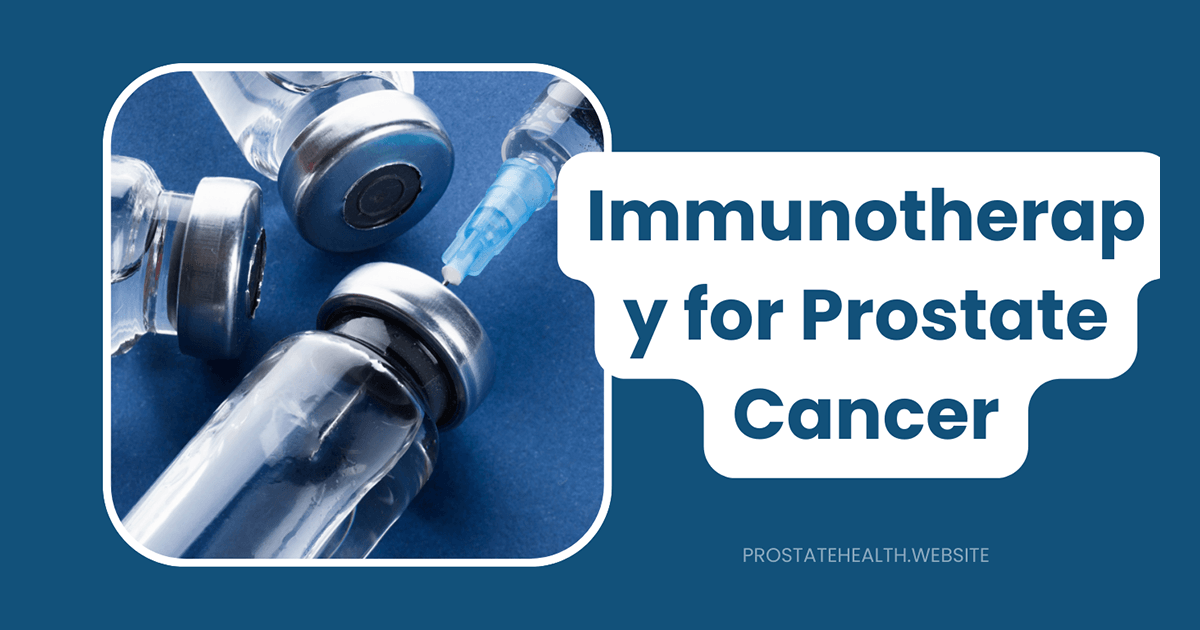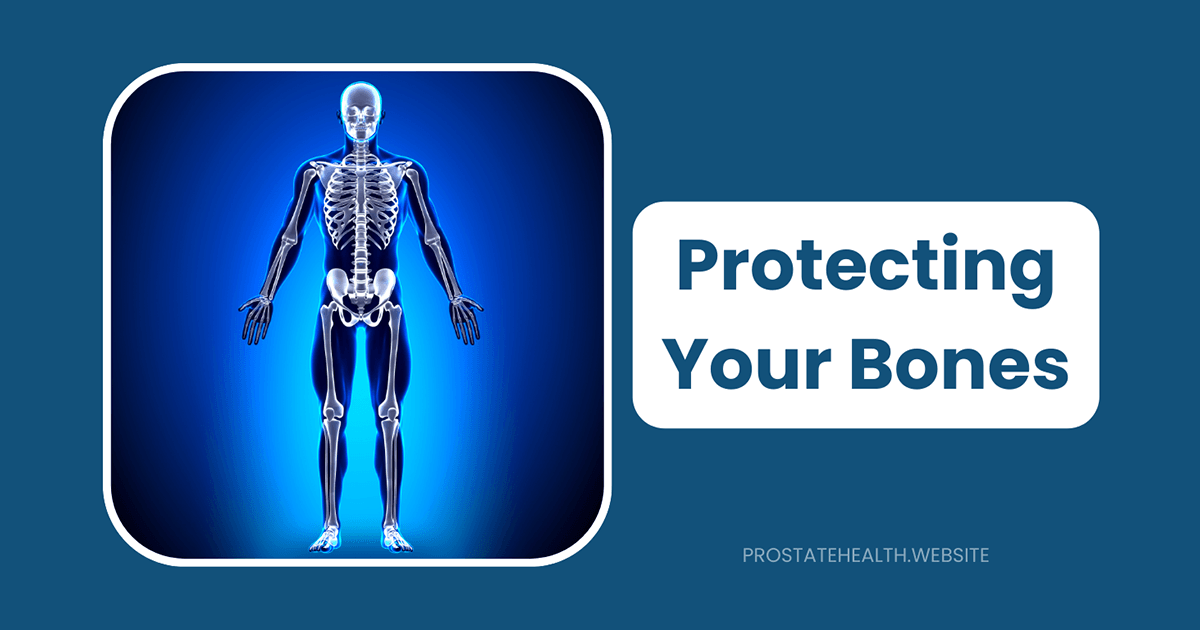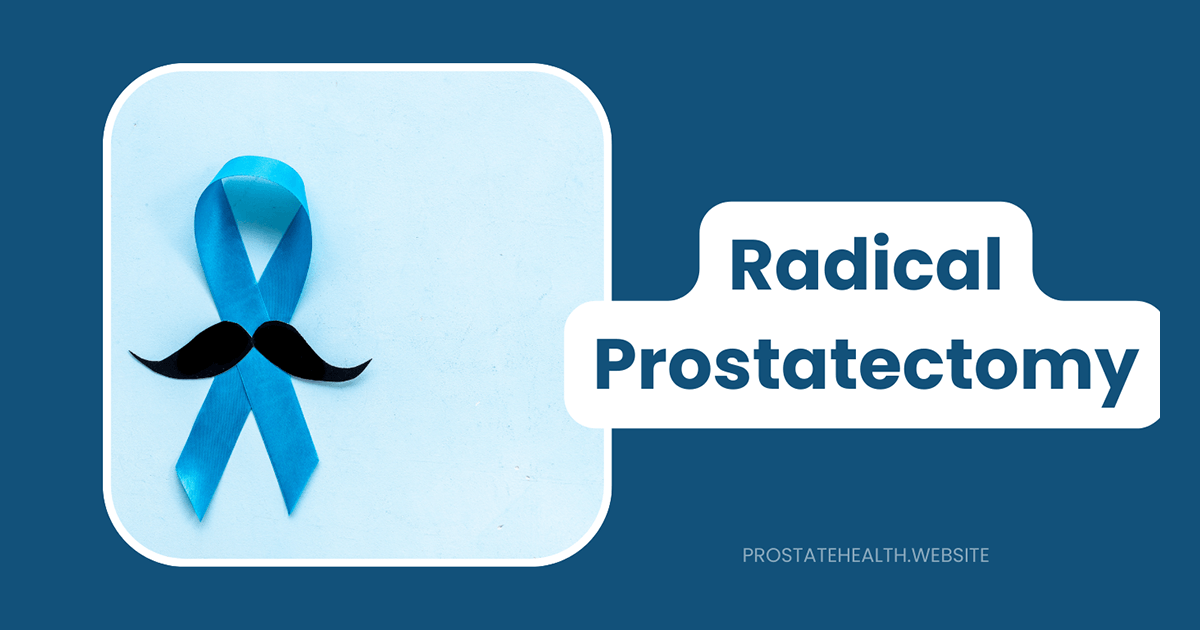Stress Reduction Techniques for Prostatitis Management: Finding Calm, Finding Relief
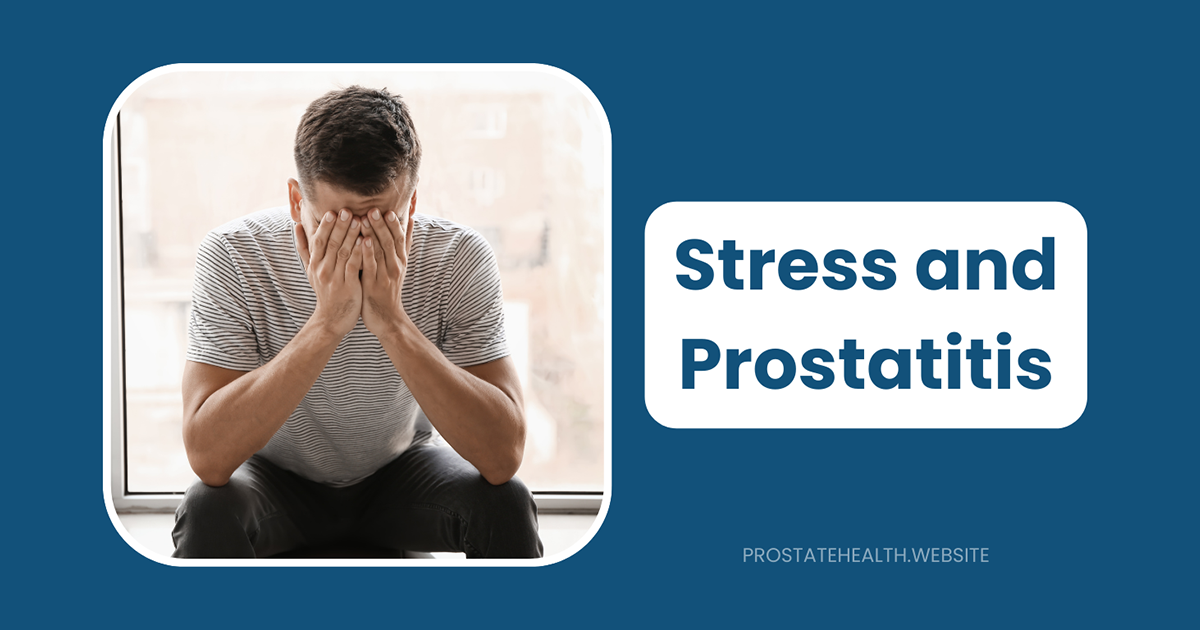
Living with prostatitis can feel like a constant battle—not just against physical symptoms, but against the stress and anxiety that often accompany this challenging condition. As someone who has spent years advocating for men’s prostate health, I’ve seen firsthand how the mind-body connection plays a crucial role in managing prostatitis symptoms and improving quality of life.
The relationship between stress and prostatitis is bidirectional: stress can trigger or worsen symptoms, while the discomfort and uncertainty of prostatitis can increase stress levels, creating a vicious cycle that’s difficult to break. According to the National Institute of Diabetes and Digestive and Kidney Diseases (NIDDK), psychological stress may increase a man’s chances of developing chronic prostatitis/chronic pelvic pain syndrome, the most common form of prostatitis.
The good news? Effective stress reduction techniques can help interrupt this cycle, potentially reducing symptom severity and frequency while improving your overall well-being. In this comprehensive guide, we’ll explore evidence-based approaches to managing stress as part of your prostatitis treatment plan.
Understanding the Stress-Prostatitis Connection
Before diving into specific techniques, it’s important to understand how stress affects prostatitis:
The Physiological Impact of Stress
When you experience stress, your body releases hormones like cortisol and adrenaline, triggering your “fight or flight” response. While this response is helpful in true emergencies, chronic activation can have detrimental effects:
- Increased inflammation: Chronic stress elevates cortisol levels, which can trigger inflammation throughout the body, including the prostate gland.
- Pelvic floor tension: Stress activates the sympathetic nervous system, causing tension in the pelvic floor muscles that can irritate the prostate and exacerbate symptoms.
- Weakened immune function: Prolonged stress compromises immune function, potentially increasing susceptibility to infections that may contribute to bacterial prostatitis.
- Altered pain perception: Stress can lower your pain threshold, making you more sensitive to discomfort that might otherwise be manageable.
The Psychological Dimension
The American Urological Association (AUA) notes that men with chronic pelvic pain have a higher prevalence of psychiatric disorders (29%) compared to age-matched controls (11%). This psychological dimension can manifest as:
- Anxiety about symptoms and their impact on daily life
- Depression related to chronic pain and limitations
- Catastrophizing (focusing on worst-case scenarios)
- Sleep disturbances that further exacerbate stress and symptoms
Understanding this complex interplay between mind and body is the first step toward effective management. Now, let’s explore specific techniques that can help break the stress-prostatitis cycle.
Mindfulness Meditation: Training Your Attention
Mindfulness meditation involves paying attention to the present moment without judgment. This practice has shown remarkable benefits for chronic pain conditions, including prostatitis.
The Evidence
Studies have demonstrated that mindfulness meditation can lower cortisol levels and improve symptoms of chronic pelvic pain. A randomized controlled trial examining mindfulness-based stress reduction (MBSR) for patients with chronic pain conditions showed significant improvements in pain management and quality of life.
How to Practice Basic Mindfulness Meditation
- Find a quiet space: Choose a location where you won’t be disturbed for at least 10-15 minutes.
- Assume a comfortable position: Sit in a chair with your feet flat on the floor, or on a cushion on the floor with your legs crossed. Keep your back straight but not rigid.
- Focus on your breath: Close your eyes or maintain a soft gaze. Pay attention to the sensation of your breath entering and leaving your body.
- Notice wandering thoughts: When your mind inevitably wanders, gently acknowledge the thought without judgment, then return your focus to your breath.
- Start small and build: Begin with 5 minutes daily and gradually increase to 15-20 minutes as you become more comfortable with the practice.
Pro tip: Many men find guided meditations helpful when starting out. Apps like Headspace, Calm, or Insight Timer offer specific programs for pain management and stress reduction.
Deep Breathing Exercises: Activating the Relaxation Response
Deep breathing techniques activate your parasympathetic nervous system—the “rest and digest” mode that counteracts the stress response. These exercises are particularly beneficial for prostatitis because they can help relax the pelvic floor muscles that often tense during stress.
Diaphragmatic Breathing Technique
- Find a comfortable position: Lie on your back with knees bent or sit in a comfortable chair.
- Place one hand on your chest and the other on your abdomen: This helps you monitor your breathing pattern.
- Inhale slowly through your nose: Allow your abdomen to rise while keeping your chest relatively still.
- Exhale slowly through pursed lips: Feel your abdomen fall.
- Establish a rhythm: Aim for 6-10 slow breaths per minute.
Practice this technique for 5 minutes, 3-4 times daily, and whenever you feel stress or pain increasing.
4-7-8 Breathing for Acute Stress
This technique, developed by Dr. Andrew Weil, is particularly effective for moments of acute stress or pain:
- Exhale completely through your mouth.
- Close your mouth and inhale quietly through your nose to a count of 4.
- Hold your breath for a count of 7.
- Exhale completely through your mouth to a count of 8.
- Repeat the cycle three more times.
Research from Harvard Medical School confirms that regular practice of breathing techniques can help disengage the mind from distracting thoughts and promote a state of profound rest.
Progressive Muscle Relaxation: Releasing Physical Tension
Progressive Muscle Relaxation (PMR) involves systematically tensing and then releasing different muscle groups. This technique is particularly valuable for prostatitis because it helps identify and release unconscious tension in the pelvic region.
Basic PMR Technique
- Start with your feet: Curl your toes tightly for 5 seconds, then release and notice the sensation of relaxation for 10 seconds.
- Work your way up: Progress through each muscle group—calves, thighs, buttocks, abdomen, chest, arms, hands, shoulders, neck, and face.
- Pay special attention to your pelvic floor: When you reach your pelvic area, gently contract the muscles (as if stopping urine flow) for 2-3 seconds, then fully release for 10 seconds. Notice the difference between tension and relaxation.
- Practice regularly: Aim for 15 minutes daily, preferably at the same time each day to establish a routine.
A study published in the Journal of Urology found that men who practiced PMR experienced significant reductions in prostatitis symptoms and improved quality of life compared to those who didn’t use the technique.
Yoga and Gentle Movement: Harmonizing Body and Mind
Yoga combines physical postures, breathing techniques, and meditation to promote relaxation and flexibility. For men with prostatitis, certain yoga poses can help release tension in the pelvic region while reducing overall stress.
Beneficial Yoga Poses for Prostatitis
- Child’s Pose (Balasana): Kneeling with forehead to the floor and arms extended or alongside your body, this gentle forward fold releases tension in the lower back and pelvic floor.
- Happy Baby Pose (Ananda Balasana): Lying on your back, holding the outsides of your feet with your knees bent toward your armpits, this pose gently opens the hips and relaxes the pelvic floor.
- Supine Butterfly (Supta Baddha Konasana): Lying on your back with the soles of your feet together and knees falling outward, this pose releases tension in the inner thighs and pelvic region.
- Gentle Seated Twists: Sitting cross-legged and gently rotating your torso can release tension in the lower back and abdomen.
According to research from Fusion Wellness Physical Therapy, yoga can enhance pelvic floor muscle strength and flexibility while addressing issues like pain during urination and ejaculation. The combination of movement, breathwork, and mindfulness makes yoga particularly effective for breaking the stress-pain cycle.
Safety note: Always start with gentle poses and work with a qualified instructor who understands your condition. Avoid deep hip openers or poses that cause discomfort.
Biofeedback: Learning Body Awareness
Biofeedback is a technique that uses electronic monitoring to help you gain conscious control over typically unconscious bodily functions, such as muscle tension, heart rate, and skin temperature.
How Biofeedback Helps Prostatitis
For men with prostatitis, pelvic floor biofeedback can be particularly beneficial. This specialized form of biofeedback:
- Helps identify unconscious tension in the pelvic floor muscles
- Provides visual or auditory feedback about muscle activity
- Teaches conscious relaxation of these muscles
- Improves coordination between muscle groups
The NIDDK includes biofeedback among the alternative treatments recommended for chronic prostatitis. While this technique typically requires working with a healthcare professional, the skills learned can be practiced at home as part of your daily stress management routine.
Cognitive Behavioral Therapy: Reframing Thoughts
Cognitive Behavioral Therapy (CBT) is a structured psychological treatment that helps identify and change negative thought patterns that contribute to stress and anxiety.
CBT Techniques for Prostatitis Management
- Thought recording: Identify negative thoughts about your condition (“I’ll never get better” or “I can’t do anything because of this pain”) and challenge them with evidence-based alternatives.
- Cognitive restructuring: Replace catastrophizing thoughts with more balanced perspectives. Instead of “This pain is unbearable,” try “This is uncomfortable, but I have strategies to manage it.”
- Behavioral activation: Gradually increase activities that bring you joy and fulfillment, even if modified to accommodate your symptoms.
- Pain reframing: Learn to view pain as a sensation that fluctuates rather than a fixed state, and develop strategies to engage in meaningful activities despite discomfort.
According to the American Urological Association, psychological interventions like CBT are recommended as part of a multidisciplinary approach to chronic pelvic pain management. Many men find that working with a therapist trained in pain management provides valuable tools for breaking the stress-pain cycle.
Lifestyle Modifications to Reduce Stress
Beyond specific stress reduction techniques, certain lifestyle changes can create a foundation for better stress management and prostatitis symptom control:
Regular Physical Activity
Exercise is a powerful stress reducer that also offers specific benefits for prostatitis:
- Moderate aerobic exercise (walking, swimming, cycling) releases endorphins, natural mood elevators that can reduce pain perception
- Gentle stretching improves flexibility in the pelvic region
- Regular movement improves circulation to the prostate gland
Aim for at least 30 minutes of moderate activity most days of the week, but avoid high-impact exercises or activities that seem to worsen your symptoms.
Sleep Optimization
Poor sleep and prostatitis symptoms often form a vicious cycle—pain disrupts sleep, and sleep deprivation worsens pain sensitivity and stress.
Tips for better sleep:
- Maintain a consistent sleep schedule
- Create a relaxing bedtime routine
- Make your bedroom cool, dark, and quiet
- Limit fluid intake 2-3 hours before bedtime to reduce nighttime urination
- Consider a supportive mattress and pillows to minimize discomfort
Social Connection
Isolation can amplify stress and pain perception. Maintaining meaningful social connections provides emotional support and perspective:
- Consider joining a prostatitis support group (in-person or online)
- Be open with close friends and family about your challenges
- Schedule regular social activities, even during flare-ups (modified as needed)
Time in Nature
Research shows that spending time in natural environments reduces stress hormones and promotes well-being:
- Take short walks in parks or natural areas
- Garden or tend to houseplants
- Even viewing nature photographs can provide some benefits
Creating Your Personalized Stress Management Plan
Managing stress for prostatitis relief isn’t one-size-fits-all. Here’s how to create a personalized approach:
1. Assess Your Current Stress Levels
Keep a journal for one week, noting:
- Stress triggers
- Physical responses to stress
- How stress affects your prostatitis symptoms
- Current coping mechanisms (helpful and unhelpful)
2. Start Small and Build
Choose one or two techniques that appeal to you and seem manageable. For example:
- 5 minutes of deep breathing twice daily
- A 10-minute guided meditation before bed
- Gentle stretching in the morning
3. Track Your Progress
Note changes in:
- Stress levels
- Prostatitis symptoms
- Sleep quality
- Overall well-being
4. Adjust as Needed
After two weeks, evaluate what’s working and what isn’t. Add new techniques or modify existing ones based on your experience.
5. Integrate with Medical Treatment
Stress reduction works best as part of a comprehensive treatment plan. Discuss your stress management strategies with your healthcare provider to ensure they complement your medical treatment.
When to Seek Additional Support
While self-directed stress management techniques can be highly effective, sometimes additional support is beneficial:
- Consider professional help if:
- Stress or anxiety feels overwhelming
- Depression symptoms persist
- Self-management strategies aren’t providing relief
- Pain catastrophizing dominates your thinking
- Resources include:
- Urologists specializing in prostatitis
- Pain psychologists
- Pelvic floor physical therapists
- Mental health professionals experienced with chronic pain
According to the American Urological Association’s 2025 guidelines, a multidisciplinary approach that addresses both physical and psychological aspects is recommended for optimal management of chronic prostatitis/chronic pelvic pain syndrome.
The Bottom Line: Consistency is Key
The most effective stress management approach is one you can maintain consistently. Rather than viewing these techniques as a quick fix, consider them essential skills to develop over time. With regular practice, many men find that stress reduction techniques not only help manage prostatitis symptoms but also improve overall quality of life.
Remember that the mind-body connection works both ways—by reducing stress, you may experience less pain, and as pain decreases, stress often follows suit. This positive cycle can replace the negative one, creating momentum toward better health and well-being.
Real-Life Success: John’s Story
John, a 52-year-old marketing executive, had been struggling with chronic prostatitis/chronic pelvic pain syndrome for nearly three years. Despite trying various medications and treatments, his symptoms persisted, particularly during high-stress periods at work.
After learning about the stress-prostatitis connection, John committed to a daily practice of 15 minutes of mindfulness meditation and diaphragmatic breathing. He also began taking short walks during lunch breaks and attending a weekly yoga class designed for men with pelvic pain.
“The change wasn’t overnight,” John shares, “but after about six weeks, I noticed I was having fewer flare-ups. When symptoms did appear, they seemed less intense, and I had tools to manage them. The biggest difference is that I no longer feel helpless against this condition.”
John continues to work with his urologist on medical management but credits his stress reduction practice with “giving me back control over my life.”
Your Journey to Relief Begins Today
Living with prostatitis is challenging, but incorporating stress reduction techniques into your daily routine can provide significant relief and improve your quality of life. Start with small, manageable steps, be patient with yourself, and remember that each moment of mindfulness is a step toward better health.
Have you found particular stress reduction techniques helpful for your prostatitis symptoms? Share your experience in the comments below—your insights might help others on their healing journey.

